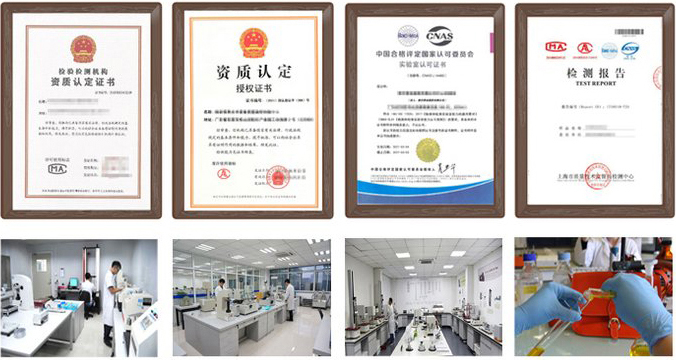Air cleaning tool inspectionHow to apply for a report? What items need to be tested? We will conduct testing and evaluation in strict accordance with the standards. We can also provide personalized testing plans and reports according to your needs.
The inspection methods of air-blowing cleaning tools involve many aspects, including performance tests, appearance inspections, material tests, and special tests for specific application scenarios. The following are some common inspection methods:
1. Performance test
Pressure test
Purpose: To ensure that the operating rod, outlet hose, and other components of the air-blowing cleaning tool will not leak or be damaged under high-pressure conditions.
Method: Perform a pressure test on the operating rod and outlet hose according to the specified voltage level to check their insulation performance and pressure-bearing capacity.
Hydrostatic test
Purpose: To inspect the sealing and material strength of pressure vessels (such as air storage bags, outlet hoses, and auxiliary tanks) in air-blowing cleaning tools.
Method: Perform hydrostatic test on pressure vessels. The test pressure is usually 1.08MPa (i.e. 108N/cm²) to check the sealing degree of each component and the strength of the manufacturing material.
Nozzle test
Purpose: To evaluate whether the material, length, and inner diameter of the nozzle meet the use requirements.
Method: Check whether the nozzle is made of hard insulating material. If it is made of metal material, its length should not exceed 100mm, and the inner diameter should be 3.5~6mm. At the same time, it is also necessary to check whether the nozzle outlet is flat, without burrs or damage.
2. Appearance inspection
Purpose: To ensure that the air-blowing cleaning tool has a neat appearance, without damage or deformation.
Method: Visually inspect the surface condition of the tool, including color, gloss, scratches, cracks, etc. At the same time, it is also necessary to check whether the connection parts of the tool are tight and there is no looseness or falling off.
3. Material testing
Insulating material testing
Purpose: To evaluate the insulation performance and heat resistance of insulating materials.
Method: Use a megohmmeter and other testing equipment to test the insulation resistance of insulating materials to ensure that their resistance values meet the use requirements. At the same time, heat resistance tests are also required to check the performance changes of materials at high temperatures.
Metal material testing
Purpose: To evaluate the strength, hardness, and corrosion resistance of metal materials.
Method: Use tensile testing machines, hardness testers, and other testing equipment to test the tensile strength, hardness, and other properties of metal materials. At the same time, corrosion resistance tests such as salt spray tests are also required to evaluate the service life of materials in harsh environments.
4. Special tests for specific application scenarios
Live working test
Purpose: To ensure the safety and reliability of the air-blowing cleaning tool during live working.
Method: In a simulated live working environment, the tool is tested for electrical performance, including AC leakage current test, power frequency leakage current test, etc. At the same time, it is also necessary to check whether the grounding device of the tool is intact to ensure that no electric shock accidents occur during live working.
Testing under a high-voltage environment
Purpose: To evaluate the performance of the air-blowing cleaning tool in a high-voltage environment.
Method: Place the tool in a high-voltage environment and observe the pressure-bearing capacity and sealing performance of its components. At the same time, it is also necessary to check the operating stability and cleaning effect of the tool under high pressure.
5. Comprehensive performance test
In addition to the above single tests, a comprehensive performance test can also be performed. This includes placing the air-blowing cleaning tool in an actual use environment and simulating various conditions in its working process to comprehensively evaluate its performance. Through this test, the performance and reliability of the tool in actual use can be more accurately understood.
In summary, the detection method of air-blowing cleaning tools involves multiple aspects, including performance testing, appearance inspection, material testing, and special tests under specific application scenarios. Together, these testing methods form a complete system for evaluating the quality of air-blowing cleaning tools, helping to ensure their safety and reliability in actual use.
Test report function
1、Project bidding: issue authoritative third-party CMA/CNAS qualification report;
2、E-commerce platform entry: quality inspection reports recognized by major e-commerce platforms;
3、Used as sales report: issuing a test report with legal effect to make consumers feel more at ease;
4、Papers and scientific research: providing professional and personalized testing needs;
5、Judicial services: providing scientific, fair and accurate testing data;
6、Industrial problem diagnosis: verifying the troubleshooting and correction of problems in industrial production;


 National free customer service telephone 400-101-7153
National free customer service telephone 400-101-7153 

